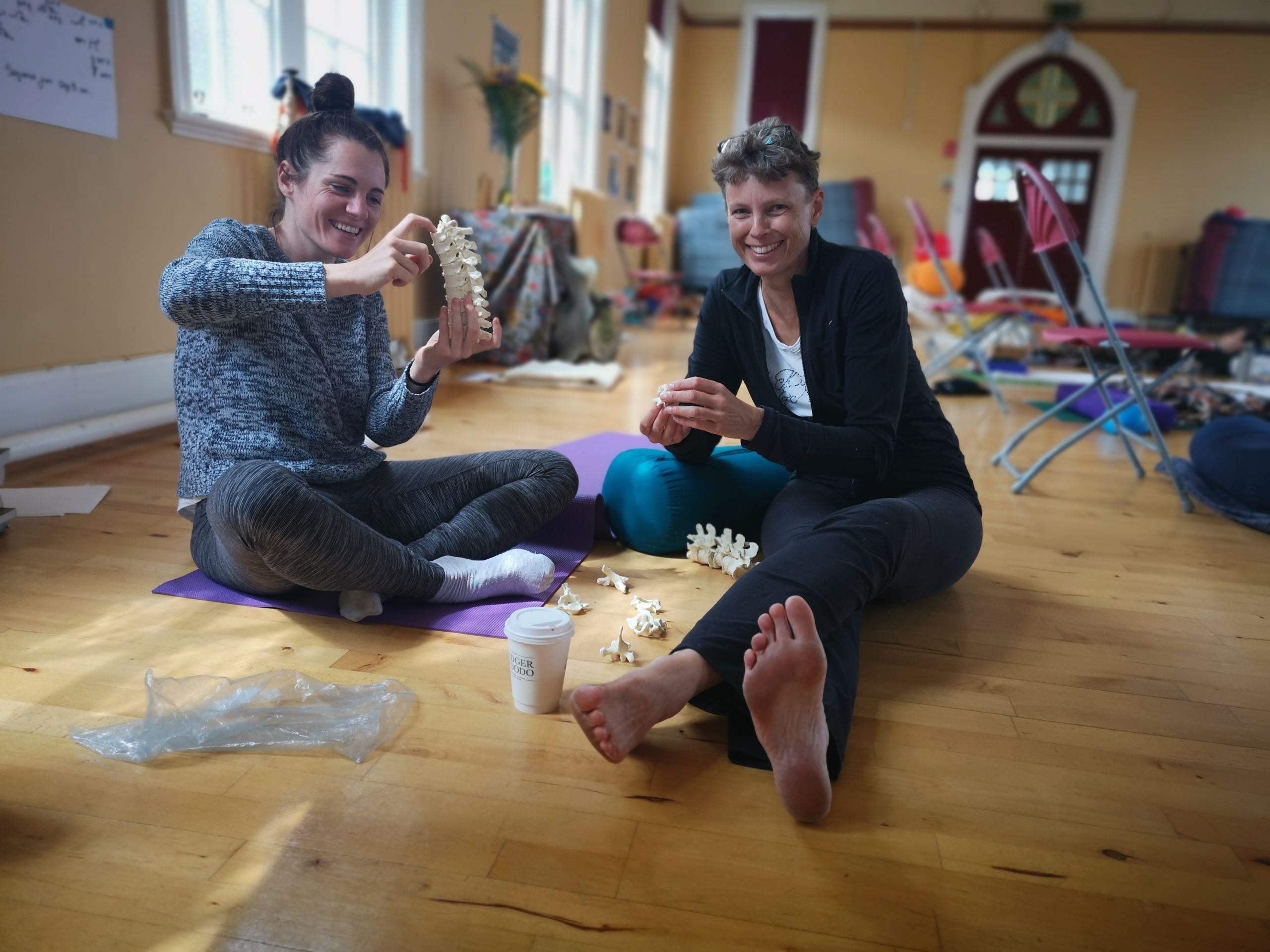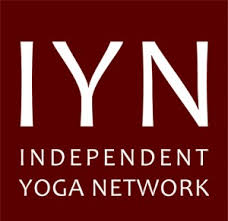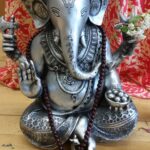Course Content – LYATT 500

Need more information? What to do next….
- We will announce details of our next training soon. Please contact info@living-yoga.ie to register your interest, sate your curiosity or ask your questions. See you downstream!
- Want to have an experience of the practice? Check out Lisa’s sample online classes on Ekhart Yoga, see her YouTube Channel or listen to hear on a podcast.
- Contact our Training Co-ordinator at info@living-yoga.ie with any questions. We are happy to organise a phone call to answer your individual queries, help you plan your training or customise your learning. Please request our logistics document for suggestions relating to travel, subsistence and accommodation.
- Once you’re ready, request an application form and submit it with your deposit payment in the link above. We’ll get back to you within two weeks of receiving your form. Upon acceptance, you’ll receive a welcome pack, reading list and full payment details. We’ll refund your deposit if you are not eligible and if possible try and help you find a more suitable course.
- Check our website, join the Living Yoga Facebook page, or sign up to our newsletter for up-to-date news on events in your locality and to hear about all the other goodies on offer.
Scroll down for module descriptions, logistics, practicalities, fees, eligibility, certification, accreditation and assessment information.
Registration, Logistics and Practicalities
Venue
Loreto Abbey, Dalkey, County Dublin, Ireland
Training Times
10.00-13.00 and 14.30-17.30 each day with the addition of a supervised practice from 08.00-09.30 on days 2 to the last day on all modules.
Registration
Registration is open from 9.15 on the first day of each module
Eligibility
In order to apply, you need to be a qualified Yoga teacher or a dedicated and experienced student of Yoga with a regular practice of over 5 years. Otherwise, all we ask of you is…..enthusiasm to learn, innate curiosity, a sense of humour, an open mind and openhearted love of Yoga
Deposits and Fees
We’re reviewing our fees and structure at the moment. Previous course fees for 50 full days training were €5,500. Early bird: €5,000
We asked for a deposit of €500 to secure your place submitted at the same time as your application form. We refunded you if you were n’t eligible. We also offered a payment plan.
Contact info@living-yoga.ie if you wish to avail of our payment plan options.
Course fees include all tuition and assessment, mentoring and module manuals. They do not include travel, accommodation or food.
Certification
This training is certified with Living Yoga
Accreditation
The 500-hour 13-module training is accredited with the Independent Yoga Network (IYN). Those completing the full 500 hours may be accredited by IYN without requirement for a prior 200-hour qualification.

Assessments
We ask you to complete an interim self-reflection paper and class presentations in Modules 9 and 13.
Contact and Non-contact Hours
The IYN 500 constitutes 50 full days training which includes 360 contact hours and 140 non-contact hours. The non-contact hours include home practice, study buddy sessions, review and consolidation of class materials. We will ask you to keep a learning log or home practice journal to help record your practice.

‘The training was infinitely beyond my expectations in every respect. This is quite simply food for the soul, cleverly disguised as a training course. So thank you to all of you for making this one of the most enjoyable, enlightening and nourishing experiences of my life! Through this wonderful experience, I really feel that in some fundamental way, I have finally ‘come home’ to myself.’

‘This training is a prolific immersion of contemporary anatomy and the human body’s relationship to the universe as a whole. Those with passion for Yoga or any aspect of the human body and mind’s architecture will reap in abundance, being inspired and challenged in all or any of the modules offered amid its faculty of passionate international teachers, all of whom conduct ongoing research and investigation in their individual field of expertise.’

‘Two words come up for me a lot when thinking of my experience on the LYATT: curiosity and permission. I learned so much about the body and all it did was stoke an endless curiosity and wonderment in my own. Permission because there was always space to explore my own experience without there being one right answer. All of this shifted my teaching from a mode of ‘do this, feel that’ to ‘try this and what do you feel?’ This shift, which was a scary one, has been so worth it, seeing the impact on my own practice and my students’ practice, and it continues to ripple out into all areas of my life.’